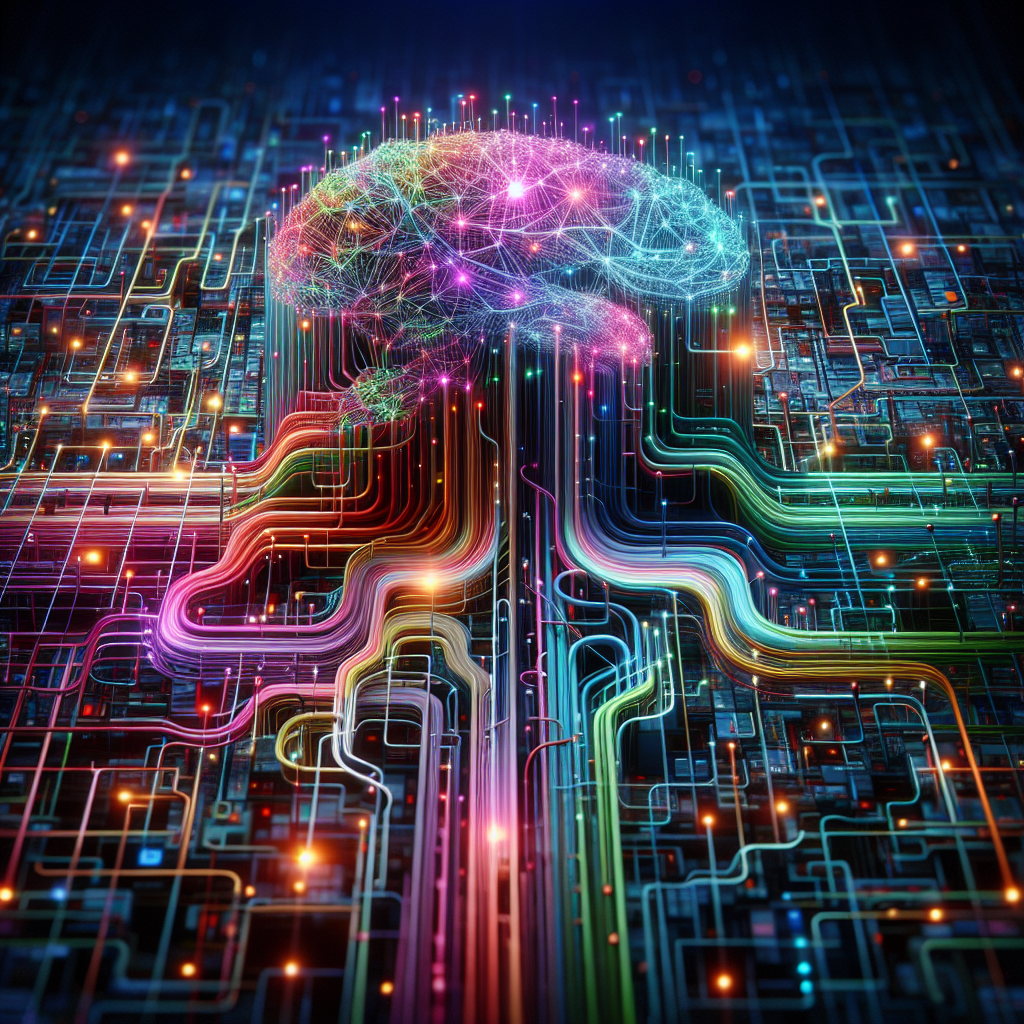Your cart is currently empty!
Enhancing Recurrent Neural Networks with LSTM Architectures

Recurrent Neural Networks (RNNs) have proven to be highly effective in sequential data processing tasks such as natural language processing, speech recognition, and time series analysis. However, traditional RNNs suffer from the vanishing gradient problem, which hinders their ability to capture long-term dependencies in sequences.
To address this issue, Long Short-Term Memory (LSTM) architectures were introduced as an enhancement to RNNs. LSTMs are a type of RNN that includes special memory cells to store information over long periods of time, allowing them to better capture long-range dependencies in sequential data.
One of the key features of LSTM architectures is their ability to learn when to forget or update information stored in the memory cells. This is achieved through a set of gates, including an input gate, a forget gate, and an output gate, which control the flow of information within the network. By selectively updating and forgetting information, LSTMs are able to maintain relevant context throughout the sequence, leading to improved performance in tasks that require long-term memory.
Another advantage of LSTM architectures is their ability to handle sequences of varying lengths. Traditional RNNs struggle with sequences that are too long or too short, as they are limited by the fixed size of their hidden state. LSTMs, on the other hand, can dynamically adjust the length of their memory cells to accommodate sequences of different lengths, making them more versatile and robust in real-world applications.
Furthermore, LSTMs have been shown to outperform traditional RNNs in tasks such as language modeling, machine translation, and speech recognition. Their ability to capture long-term dependencies and handle sequences of varying lengths makes them well-suited for a wide range of sequential data processing tasks.
In conclusion, LSTM architectures have significantly enhanced the capabilities of Recurrent Neural Networks by addressing the vanishing gradient problem and improving their ability to capture long-term dependencies in sequential data. With their special memory cells and gating mechanisms, LSTMs have become a powerful tool in the field of deep learning, enabling more accurate and efficient processing of sequential data. As research in this area continues to advance, we can expect to see even greater improvements in the performance of LSTM architectures and their applications in various domains.
#Enhancing #Recurrent #Neural #Networks #LSTM #Architectures,lstm

Leave a Reply